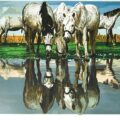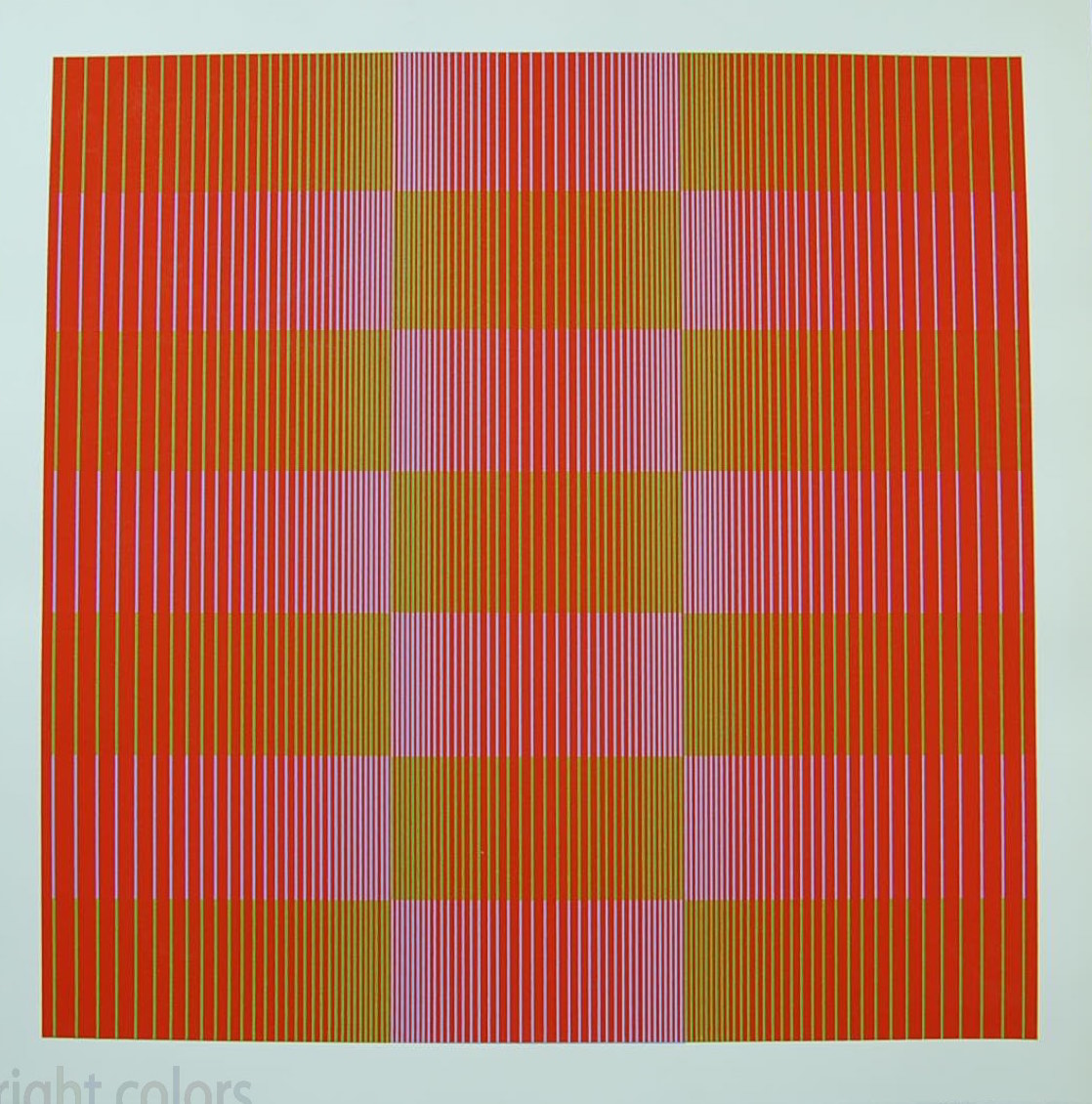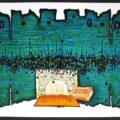“In the years immediately after WWII, the ideals and politics of Europe were fragmented and unstable. Before the war Paris had been regarded as the artistic capital of the world. However with the new balance of power and the increased presence of North America in Europe many artists felt blocked from the Paris they once knew and sought instead for an alternative haven for an increasingly modern art movement that was emerging.
This movement became known as CoBrA (an acronym, composed of the first letters of the capital cities Copenhagen Brussels, and Amsterdam) and existed between 1948 and 1951. Despite the short period of its existence, CoBrA has been noted by art historians and in wide circles as the most important event m the history of modem European art, after the Second World War. For it was within Denmark, Holland and Belgium that artists found refuge and acceptance for their emerging and often times experimental aesthetic. The fundamental CoBrA artists were Asper Join, Christian Dotremont, Joseph Noiret, Karel Appel, Constant, Corneille and Walasse Ting.
Those individuals were active in broad areas of culture, and insisted that the ideas and philosophy of CobrA should be received as an active part of a newly shaped post war modern society. In addition to easel and canvas works, many CoBrA artists published poems, books and articles relating to subjects of art theory, archeology, philosophy and some Marxist theories of economics. This activist attitude reflected CoBrA’s basic idea of responsibility, founded on existential ideals of the time. Accordingly, the responsibility of the artist was to contribute to all aspects of life-.–and still remain an artist—not a politician, scientist or historian. Above all else, the CoBrA artists insisted on promoting the importance of the artistic way of experiencing life.
The CoBrA style or attitude can be described as spontaneous, instinctive~ wild, vital, colorful and during the time that it flourished, anti-aesthetic, provocative and experimental. CoBrA was inspired by primitive art, children’s drawings, folk art and mythology. The CoBrA attitude rejected Surrealism as a movement and rigorously eschewed intellectual approaches to art. It also made a conscious departure from a developing line of American movements such as Pop Art, Minimalism and Conceptual. CoBrA works glorified the artist’s instinct and often emphasized dramatic line, color surfaces, rhythms in a space, and balances and movements in a piece of sculpture.
Now fifty years after the emergence of the CoBrA movement, there is a marked reawakening of interest for these works amongst art historians, museums and private collectors alike. True to the spirit of the avant-garde, the CoBrA movement was revolutionary and identified with modem ideas regarding self-realization and humanity. The movement suggested an important connection between the rational and irrational, abstract and figurative and between art and nature. Many members of the CoBrA group continued along individual paths after the movement dissolved in 1951 and have since garnered international acclaim. The CoBrA influence on contemporary art is evident today as artists such as Walasse Ting continue to thrive and produce both paintings and poetry that reflect the original ideals of the CoBrA group as well as a dynamic contemporary sensibility.
-
Sale!
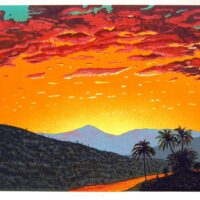
Bill Sullivan Columbian Gold Sunset Original Pencil Signed Lithograph
$500.00Original price was: $500.00.$300.00Current price is: $300.00. Add to cart -
Sale!
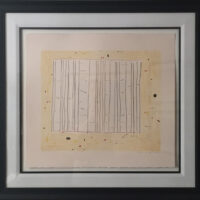
Gene Davis Yellow Jack 1979 Lithograph on Arches Archival Paper (Framed)
$1,750.00Original price was: $1,750.00.$1,250.00Current price is: $1,250.00. Add to cart -
Sale!
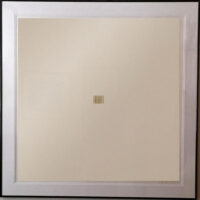
Gene Davis Tom Thumb 1979 Large Fine Art Silkscreen (framed)
$8,000.00Original price was: $8,000.00.$4,500.00Current price is: $4,500.00. Add to cart -
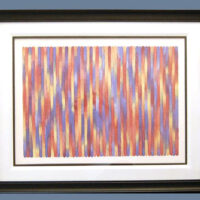
Gene Davis Signed 1980 Limited Edition Art Lithograph (Framed)
$1,500.00 Add to cart -
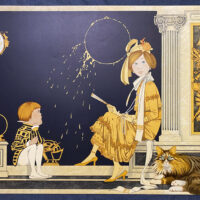
Philippe Noyer 1980 Eclipse Large Signed Limited Edition Lithograph
$850.00 Add to cart -
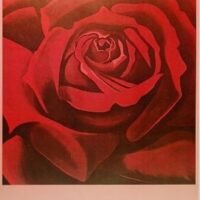
Lowell Nesbitt ROSE Poster Art Still Life Unsigned
$50.00 Add to cart -
Sale!
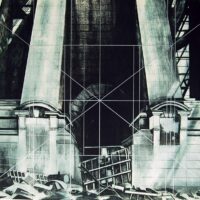
Lowell Nesbitt Barriers 1971 Signed Limited Edition Silkscreen
$300.00Original price was: $300.00.$150.00Current price is: $150.00. Add to cart -
Sale!
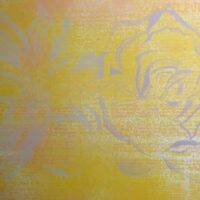
Lowell Nesbitt Fleur de Mal 1974 Original Print Signed Silkscreen
$800.00Original price was: $800.00.$600.00Current price is: $600.00. Add to cart -
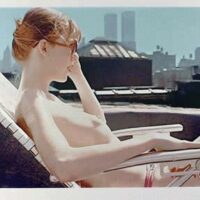
Rooftop Nude, 1981
$1,250.00 Add to cart -
Sale!
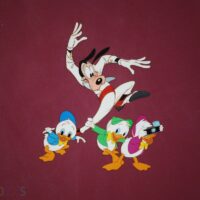
Disney Animation – Goofy, with Huey, Louie and Dewy – Production Animation Cel
$500.00Original price was: $500.00.$300.00Current price is: $300.00. Add to cart -
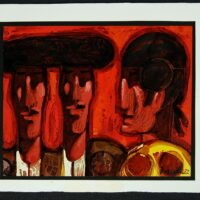
Three Matadors Original Painting by J. Hernandez
$100.00 Add to cart -
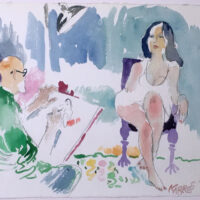
Sam Karres Artist and Model 2011 Painting – Watercolor on Paper
$1,500.00 Add to cart -
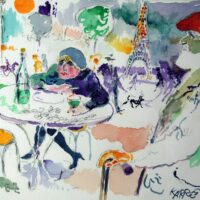
Sam Karres Paris Cafe 2011 Painting – Watercolor on Paper
$1,500.00 Add to cart -
Sale!
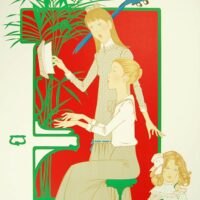
Philippe Noyer – Les Petites Filles aux Piano – Signed Lithograph
$800.00Original price was: $800.00.$500.00Current price is: $500.00. Add to cart -
Sale!
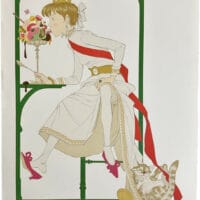
Philippe Noyer Princess Elodie And The Ice Cream Signed Limited Edition Lithograph
$800.00Original price was: $800.00.$500.00Current price is: $500.00. Add to cart
